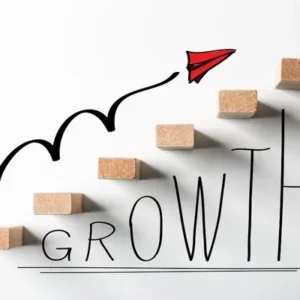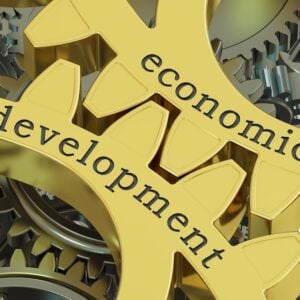The East Asia and Pacific region continues to outperform much of the world, but creating more quality jobs and sustaining growth will require ambitious reforms amid ongoing global uncertainties, according to the World Bank’s October 2025 East Asia and Pacific Economic Update. Regional growth is projected at 4.8 percent in 2025, slightly down from 5.0 percent in 2024, with Viet Nam leading at 6.6 percent, followed by Mongolia (5.9 percent) and the Philippines (5.3 percent). China, Cambodia, and Indonesia are expected to grow at 4.8 percent, while Pacific Island countries and Thailand are projected at 2.7 percent and 2.0 percent, respectively.
Despite strong growth, the region faces a “jobs paradox,” where economic expansion has largely generated low-productivity, informal service jobs with limited advancement opportunities. Young people are struggling to find work, and women’s participation in the labor force remains low. Although an estimated 25 million people are expected to escape poverty between 2025 and 2026, the proportion of the population vulnerable to falling back into poverty now exceeds the middle class in most countries. Carlos Felipe Jaramillo, World Bank Vice President for East Asia and Pacific, emphasized that bold reforms to improve firm entry, competition, and private sector dynamism are essential to create higher-quality employment.
High-frequency indicators suggest a slowing momentum in the region. Retail sales are rising, but consumer confidence has not fully recovered to pre-COVID levels. Industrial production remains strong, yet business confidence is low. Exports initially accelerated ahead of tariff increases, but new export orders are weakening. Growth is projected to slow to 4.3 percent in 2026, influenced by higher trade restrictions, global uncertainty, slower global growth, and domestic reliance on fiscal stimulus rather than structural reforms.
The report stresses the importance of investing in human capital and digital infrastructure, increasing competition in services, and aligning job opportunities with skills. Rapid technological advances in AI, robotics, and digital platforms require workers, firms, and policymakers to be agile and adaptable. Aaditya Mattoo, World Bank Chief Economist for East Asia and Pacific, highlighted that reforms to the business climate and improvements in education could create a virtuous cycle of opportunity and capacity, fostering higher growth and better-quality jobs while addressing challenges from trade protection and job automation.







